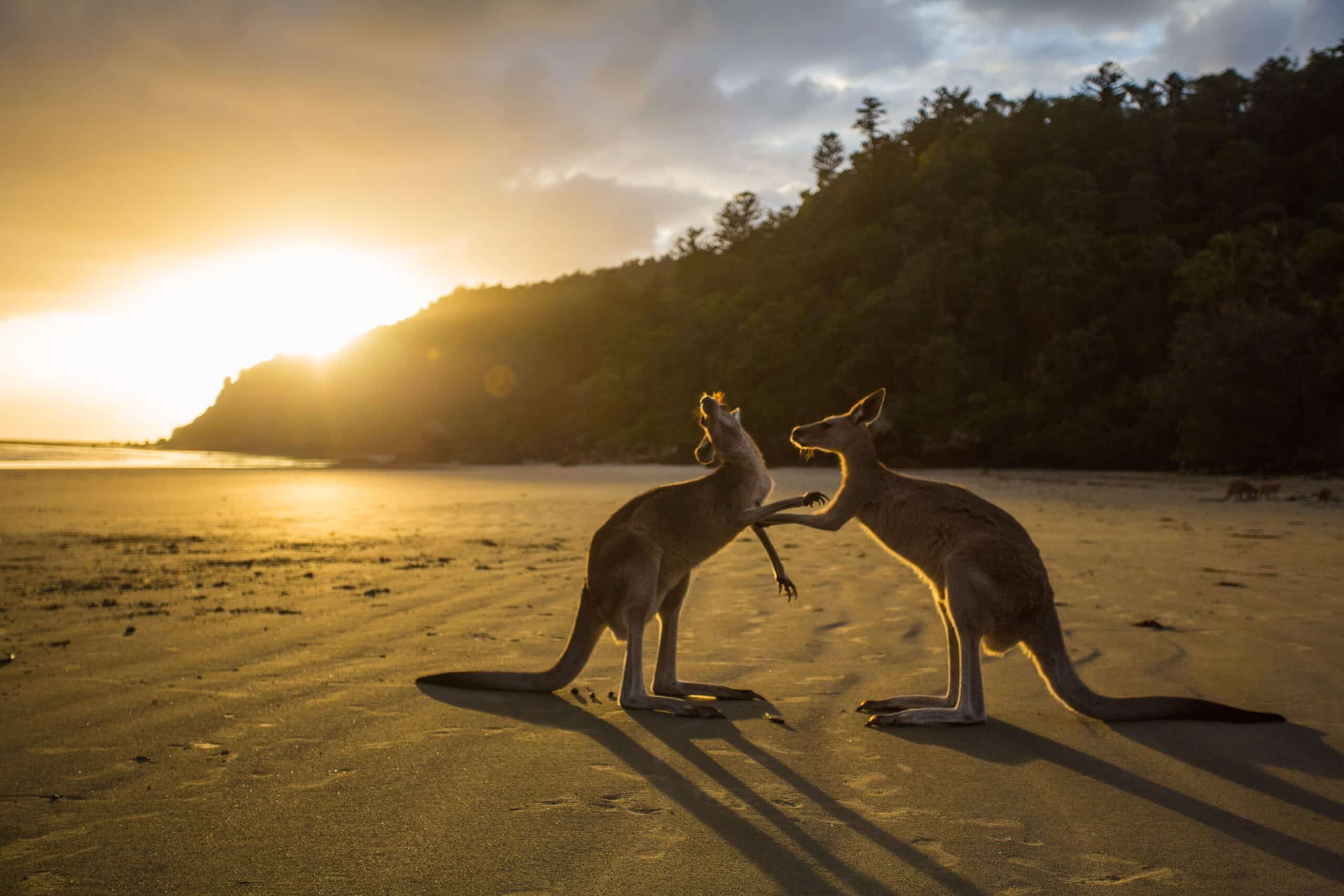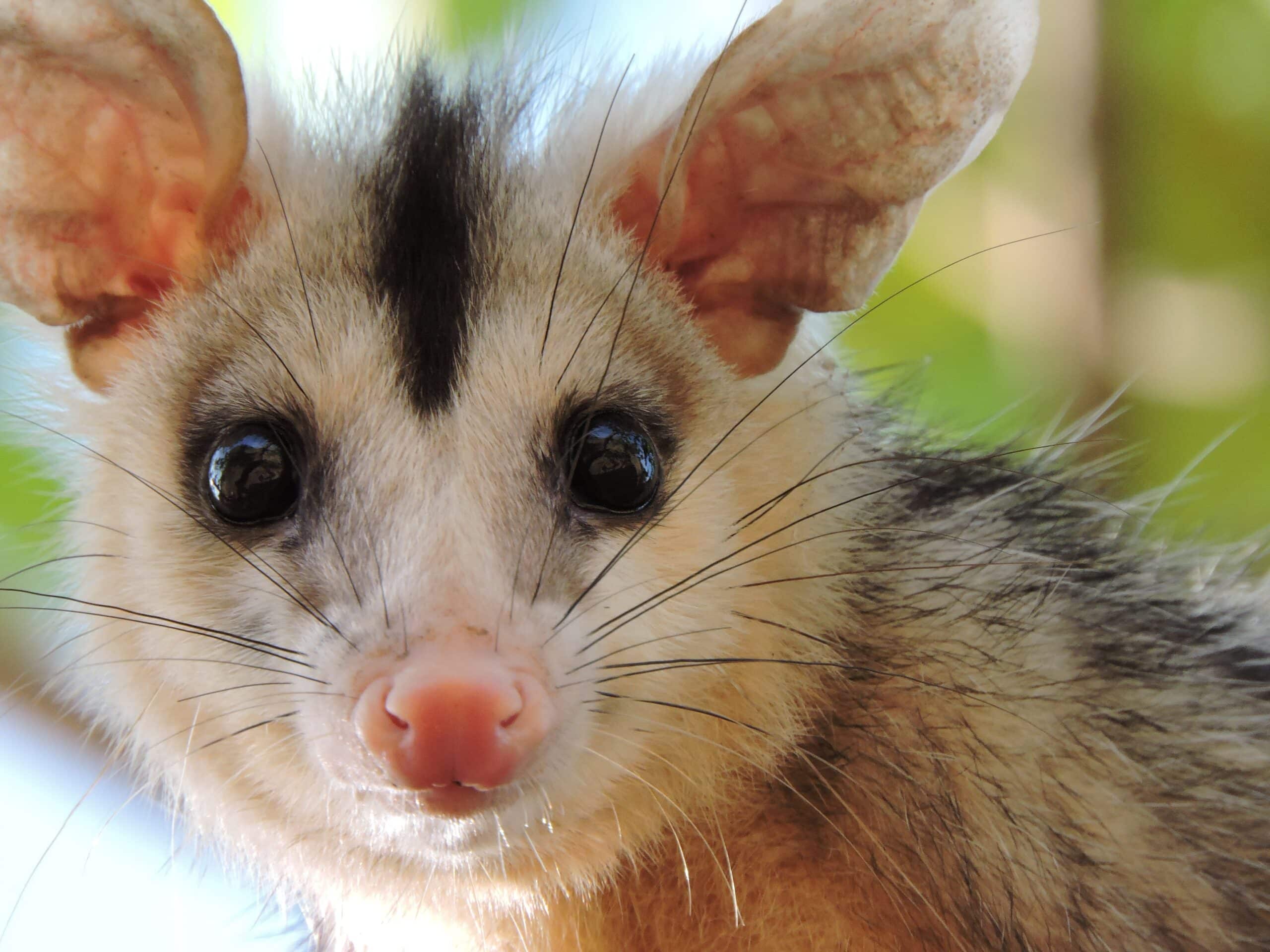
Moose are among the most majestic creatures in nature, and they’re often seen roaming through some of the world’s most beautiful landscapes. But did you know there’s much more to these amazing animals than meets the eye?
In this blog, we’ll explore some fascinating facts about moose and help you better appreciate this incredible species!
Introduction to Moose
Moose (Alces alces) are the most prominent members of the deer family and are native to Europe, Alaska, and northern Canada. Their temperate climates provide prime habitats for males and females to roam together.
The North American moose has an impressive set of antlers, usually with a broad brow tine, bulbous nose, and remarkable size. Adult male moose can weigh up to 1,800 pounds, with males being larger than females. They have thick fur, which helps keep them warm during extreme temperatures in their natural range.
While generally solitary creatures, during the autumn mating season commonly known as the “rut” or “rutting period,” these docile creatures tend to group up in small herds or packs, sometimes consisting of several dozen or more animals at a time. These groups typically consist of adult males looking for mates and young moose born in spring, living communally to protect each other from predators. In contrast, they feed on natural vegetation like grasses and sedges.
In addition, these majestic creatures display a wide variety of vocalizations, such as:
- Low snorts or grunts;
- Some high-pitched whistles when frightened;
- Loud belches that announce their presence;
- Vocalizations that sound like explosive sneezes when fighting; and
- Finally, cow calls which female moose use when looking for their calves or alerting them that she is nearby.
Physical Characteristics of Moose
Moose are the most prominent members of the deer family, and they have a variety of physical characteristics that make them easily recognizable. Most adult bull (male) moose have large, overhanging palmate antlers growing from their heads. Bulls also have long faces with distinct hair-covered ‘bells’ hanging from their throats. Cows (female moose) are considerably smaller than bulls, lack antlers, and have shorter faces without bells.
The overall size and shape of moose vary across their range, depending on seasonal variations in diet and environment. Generally, however, an adult bull stands between 4-6 feet at the shoulder (1.25 – 1.8 meters) and can weigh up to 1,800 pounds (820 kilograms). Cows typically stand between 3-5 feet at the shoulder (1 – 1.5 meters) and can weigh up to 1,000 pounds (450 kilograms).
Moose are further characterized by massive bodies covered in thick fur varying in color between nearly black and light reddish brown. Long, powerful legs allow them to cover great distances while out roaming their territories during the summer months – with collared legs helping reduce drag when swimming through ponds and lakes on hot summer days. From May-July, males will often be seen sporting velvet-covered antlers as they bulk up for the fall breeding season, when these impressive structures will mark dominant bulls ready for mating with cows in the protection of harems as long as ten bovines strong!
Moose Habitat
Moose prefer forested habitats with various food sources, cover, and water. Moose are most common in boreal and deciduous/mixed-wood forests of the northern hemisphere but can also be found in mountain meadows or tundra. The distribution of moose habitat is primarily determined by snow depth; moose cannot survive in areas with deep snow for long periods. As climate warming continues, the species may expand into broader habitats and face increased competition from other ungulates.
In general, moose require:
- A source of clean drinking water
- proximity to food sources such as tree saplings, aquatic vegetation, grasses, and lichens
- Adequate mature vegetation for winter shelter
- Standing dead trees for rubs to shed winter hair
- Excellent vision for detecting predators
- Camouflage from their prey
Moose Behavior and Social Structure
Moose are unique among North American mammals in that they are the only species to form hierarchical structures based on dominance. Moose live in matriarchal societies with a clear hierarchy established between family groups. Each family consists of a single female (a cow) and her offspring; however, during the mating season, bulls may temporarily join and become part of the group. Understanding this social structure is essential for those who wish to observe moose in the wild, as approaching an animal that does not belong to the group can be very dangerous.
When exploring their natural environment, moose can be active day or night but are usually more active at dusk when food and water supplies are plentiful. During this time, moose forage for food, interact with members of their own families and other moose nearby and communicate through loud noises. These calls can vary in pitch and length depending on the message being conveyed; low-pitched “moos” indicate greeting or contentment, while high-pitched squeals or yells often signal warnings or aggression.
In addition to these vocalizations, two common behaviors will reveal a lot about a moose’s social structure: head lowering and antler rubbing/clashing. Head lowerings illustrate two moose recognizing one another’s presence, while antler rubbings typically occur between same-sex individuals around mating season; bulls use this behavior to size each other up before competing for mates, while cows use it to determine dominance between themselves. Studying these behaviors provides essential clues about group dynamics that can help improve our understanding of the exceptional behavior patterns found among these majestic creatures.
Moose Diet
Moose are herbivores and feed on various kinds of vegetation depending on what is available in their given environment.
In the summer, they will feed on a wide array of leaves and aquatic vegetation in the form of perennial herbs, mosses, lichens, shrubs, and seedling trees they browse upon. When food sources become scarcer in the winter, moose will switch to twigs and bark from deciduous trees such as maple, birch, cherry, or aspen and coniferous trees like spruce and fir, which are high in fiber.
Moose also have a unique way of eating that helps them take advantage of these high-fiber food sources; they can swallow tiny bits of material while rushing with their head held low to the ground. They also use their large tongues to strip bark from tree trunks and branches.
Moose may also participate in “browsing” when they scavenge for food in suburban or even urban areas with plenty of plants to eat, such as apple trees or scrapes from people’s backyards. This underscores how resilient moose can be when finding food sources during cold winter or when more natural sources may be scarce.
Moose Reproduction
Moose mate in the fall during a period known as the rut. During this time, male moose (or bulls) become highly aggressive and can be quite dangerous to approach. While they won’t appear as though they’re enjoying it, female moose (utes or cows) will tolerate the advances of several males during the rut to increase their odds of successful mating.
After mating in September or October, gestation typically lasts between 7-8 months, with calves being born between May and June. This timing helps ensure that calf survival rates are highest since plenty of food is available from newly sprouted plant growth during springtime. Calves can quickly walk almost immediately after birth, and calves remain with their mothers for up to 18 months before splitting off from each other into separate groups.
Female moose tend to have one calf yearly and rarely give birth to twins.
Moose Interaction with Humans
Each spring, moose appear from the forest and wander around communities, providing excellent opportunities for residents to get up close and personal with these majestic creatures. But while some people may find them fascinating to watch, caution is always required when interacting with a wild animal.
Proper moose interactions involve understanding their behavior and maintaining a safe distance of at least 45 meters (150 feet) whenever possible. Moose feel threatened when approached by people or other animals too closely, making them agitated or even resort to aggression. Even if you encounter a moose peacefully grazing or bedding down along a trail, it’s important to remain cautious and respect their physical space.
Suppose you encounter a threatening moose; back away slowly while speaking gently to calm the animal’s nerves. Specific gestures, such as standing rigidly with raised arms or waving your hat, can also be helpful in distracting aggressive behavior; however, do not make sudden movements. Suppose the moose continues its threatening stance and does not move away upon approach. In that case, it’s best to immediately leave the area and contact wildlife officials for advice on handling the situation.
Before engaging in outdoor activities in areas where they are known habitats, you must study proper moose interaction techniques so that both yourself and any wildlife are unharmed in these encounters!
Conservation and Protection of Moose
Moose are found throughout Canada and parts of the northern United States, and their population is rising. For many of us, moose sightings have become a common occurrence. Still, conserving these majestic creatures is paramount to ensure their continued existence and flourishing.
Protecting moose begins with education and a deeper understanding of their habitat, behavior, and threats they face. The leading causes of mortality in moose calves include predation by larger carnivores such as wolves, bears, coyotes, lynx, or cougars; human disturbances such as roads and settlements; winter weather conditions; warms springs that cause stampedes; or disease outbreaks caused by parasites like brainstorm but also coccidia, bacterial pneumonia, and listeriosis.
In addition to educating people about moose habits so that preventative measures can be taken to avoid moose-human interactions from becoming dangerous, there are also efforts to protect habitats critical for the species’ survival. Moose are significant browsers grazers associated with boreal wetlands, which means wetter habitats in terms of soils that retain moisture with ample – but not too much – cover will likely be chosen by them over drier forests or grassland habitats. Conservation through the protection of critical boreal wetland regions may prove to be highly beneficial for both resident populations as well as populations using these larger area seasonal ranges, thus encouraging comprehensive conservation plans including the protection of specific habitat types or regions must be put into place quickly if we wish to keep this species around for our future generations to enjoy.




